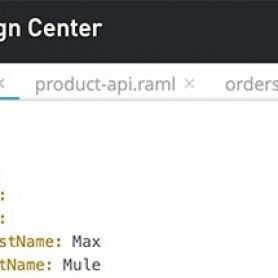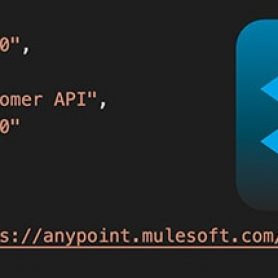Latest posts
How to use multi-tabbing and rename symbol in API designer
Have you ever struggled with opening multiple windows in API Designer as you write your API specification or tediously renamed a symbol by hand... read more.
Moving from RESTful to EVENTful
For close to twenty years, the "common standard" of APIs on the web has been summed up in one word: "RESTful." Designers, developers, and... read more.
Improving the developer experience with API discoverability
This is the first article in a two-part series focused on API documentation and discoverability The API developer experience APIs are no longer treated... read more.
Common use cases, templates, and connectors for Flow Designer
In this blog post, we will talk about “Flow Designer,” the online component which has a wide set of features for the creation of... read more.
How to achieve high availability and reliability with an on-premise topology
IT is under continuous pressure to keep systems available and maximize the uptime to ensure users have an unmatched experience. With the growing number... read more.
How to implement API pagination patterns for single and composite result sets
When surfacing data from systems of record, one of the concerns designers and developers need to address is the potential of retrieving an enormous... read more.
Guide to API synchronization with Studio 7.6
The biggest priority for our tooling continues to be ensuring developer productivity with Mule 4 and Anypoint Studio. However, developer productivity doesn’t apply to... read more.
How to mitigate unhappy paths with an event-driven architecture at scale
The reality of supporting production event-driven architecture at any reasonable scale is that it can be challenging, especially when dealing with bad events and... read more.
8 challenges of API landscapes
One of the key tasks of supporting a vital API program for your company is dealing with change over time. In previous articles, I've... read more.
Why all API consumer journeys need a map
In the previous blog entry, I described two specific design artifacts (user types and personas) that can be used to inform an intentional API... read more.






















